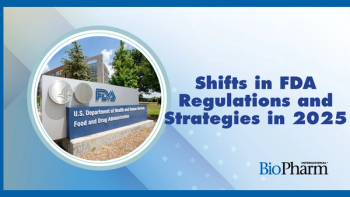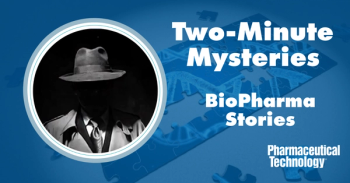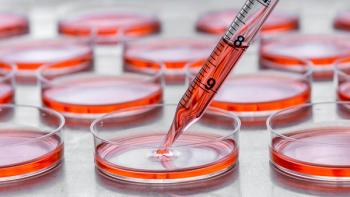
Biosimilars Raise Analytical and Policy Challenges
The debate continues over biosimilar naming, interchangeability, and patent protection, as well as lingering concerns in the medical community about the safety of switching patients to new therapies.
FDA approved seven biosimilars through October 2017, based on the agency’s now well-established “step-wise” approach for assessing analytical similarity through biological and physiochemical product characterization. Still the debate continues over biosimilar naming, interchangeability, and patent protection, as well as lingering concerns in the medical community about the safety of switching patients to new therapies.
One result is that biosimilars have experienced limited uptake, prompting FDA to launch an educational and outreach campaign to encourage prescribing and health plan coverage of these therapies, as
Key
Some manufacturers, however, question FDA’s recommendation for assessing key quality attributes through statistical comparison to a pre-set mean for the reference product, as opposed to an appropriate range of quality attributes. Martin Schiestl, chief science officer at Novartis’ Sandoz, raised these concerns at the Biosimilars Conference sponsored by the Drug Information Association (DIA) in October 2017, noting that FDA’s approach creates “a substantial pitfall” for biosimilar developers that could lead regulators to reject true biosimilars at random. But Patrick Lynch, product quality reviewer in CDER’s Office of Biotechnology Products, commented that failure to meet pre-defined acceptance criteria on a statistical test does not necessarily preclude a determination of “highly similar.” FDA will review comments on the guidance, which are due in November 2017, and work with industry to reach consensus on a viable approach.
Common ground on coding
Biosimilar reimbursement also remains a contentious issue, with innovators maintaining the need for distinct names to facilitate postmarket identification and tracking of safety issues for brand vs. follow-on therapies. However, all sides applauded a
The Biosimilars Council, which represents biosimilar makers, praised the CMS decision, citing an analysis that separate codes would save the federal government $11.4 billion over the next 10 years. And the Biosimilars Forum backed by innovator firms stated that unique codes for biosimilars will support development of “a thriving biosimilars market in the United States.” Although it may take years to see how the policy change actually affects prices and payments in the market, analysts anticipate that although a unique code for each approved biosimilar may initially limit competition among multiple therapies, over time this approach will encourage more manufacturers to develop follow-on products, generating more market competition that lowers prices overall.
Newsletter
Stay at the forefront of biopharmaceutical innovation—subscribe to BioPharm International for expert insights on drug development, manufacturing, compliance, and more.





